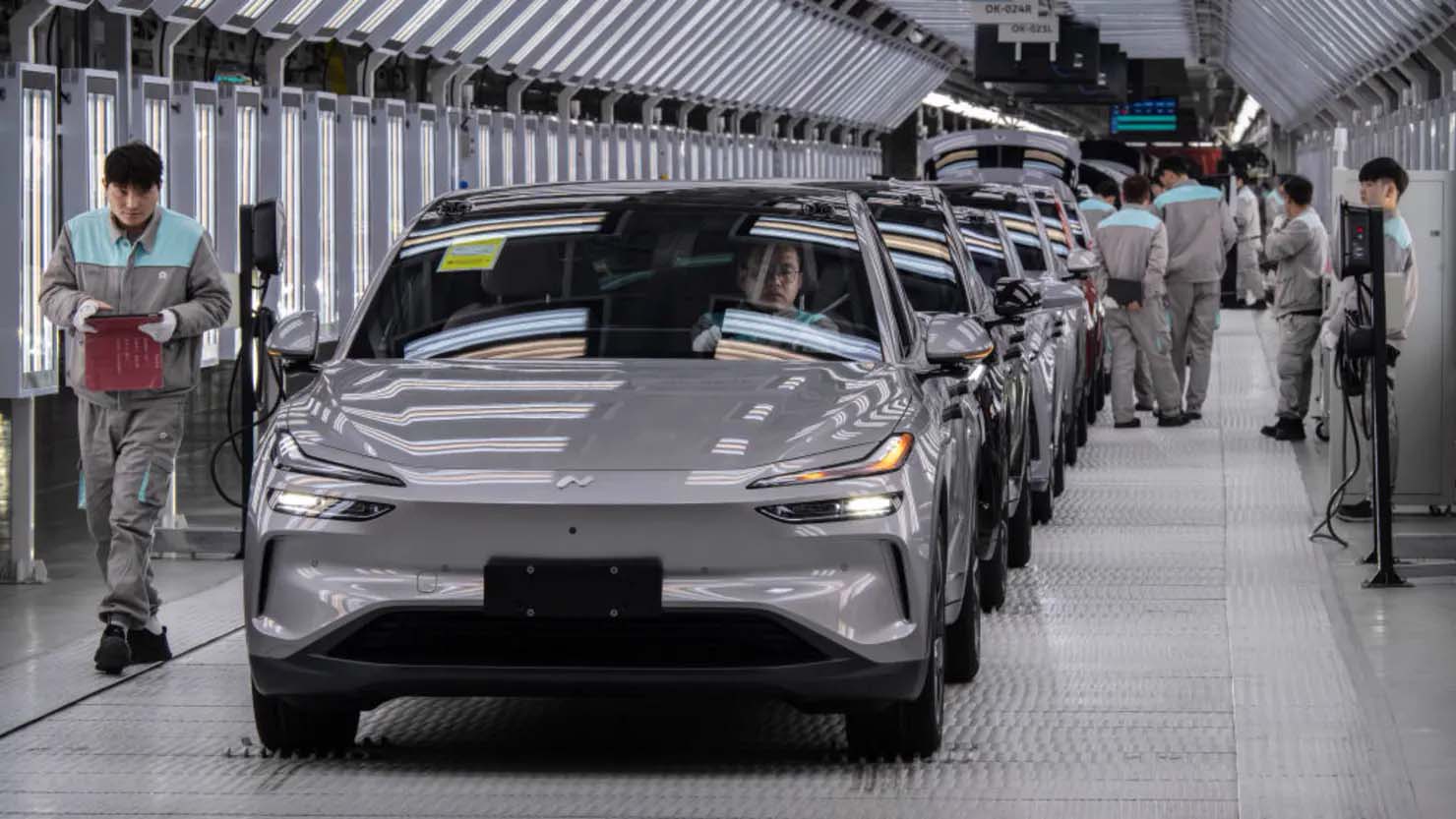Elon Musk presented the concept of using the Starship spacecraft not only for interplanetary missions, but also for ultra-high-speed passenger flights between the world's largest megacities. Routes such as Los Angeles-Sydney, Los Angeles — Tokyo or New York-Singapore can take less than 30 minutes, he said. He paid special attention to the route across the Atlantic: a flight from New York to London can theoretically be completed in just 10 minutes.
Starship is being developed as a fully reusable system, which significantly reduces the cost of flights. Its speed reaches 25 times the speed of sound, which is 30 times higher than that of modern commercial airliners. Such productivity opens up the prospect of a radical change in the global transport logistics industry and can transform the aviation industry in the future.
In addition to practical applications for intercontinental travel, the project remains focused on space exploration. Starship is created as the main carrier for missions to the Moon and Mars. Musk predicts the first unmanned missions to Mars in 2026, and manned flights may take place in the early 2030s. This strategy strengthens the company's position in the field of space technologies and forms a long-term direction for the development of transport systems of the future.








